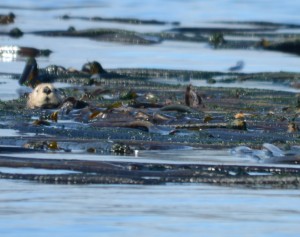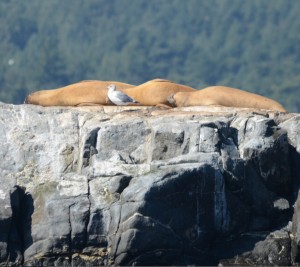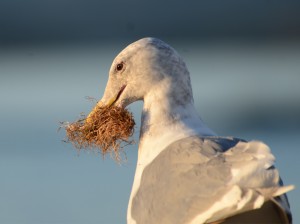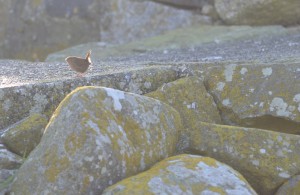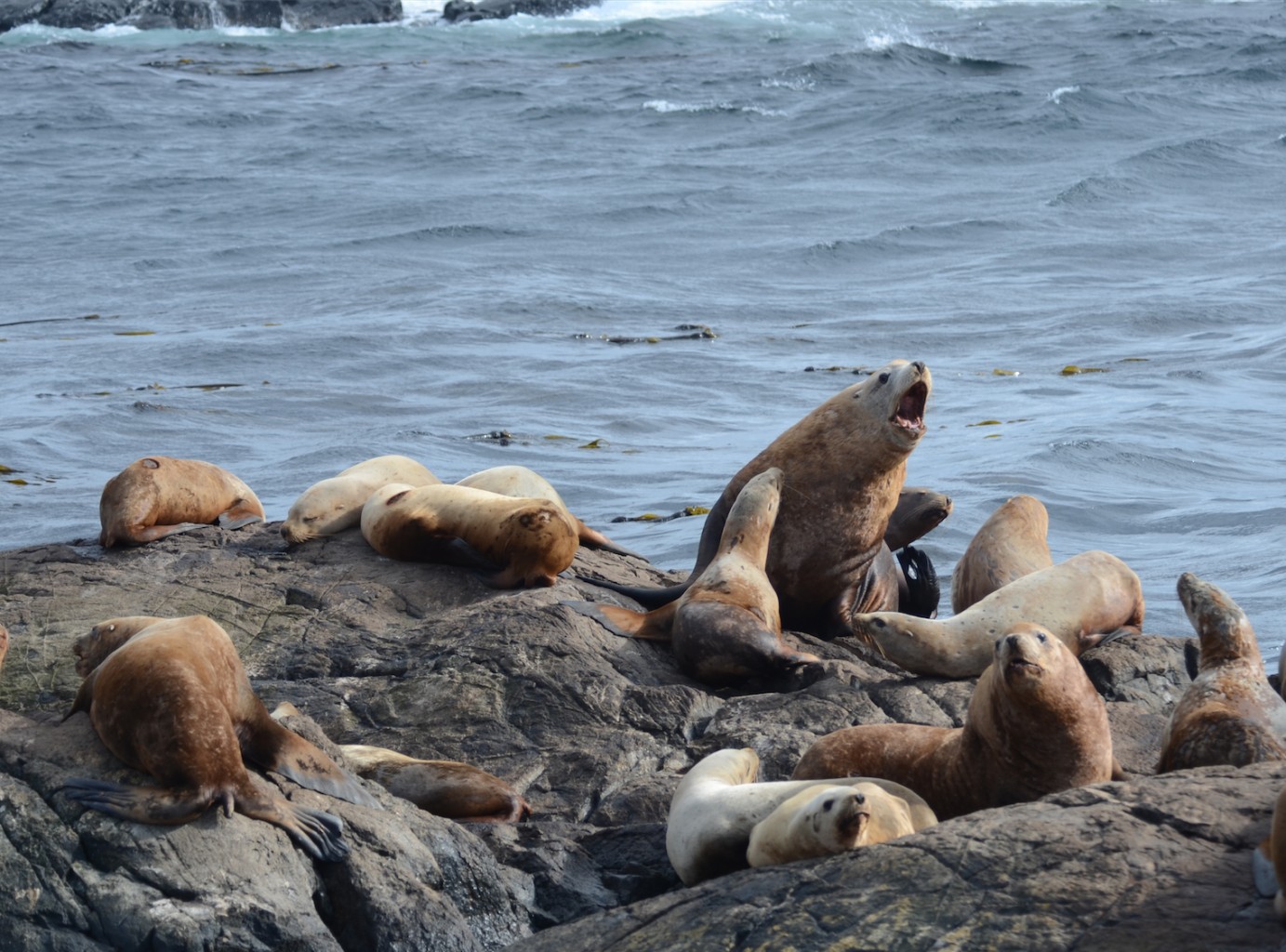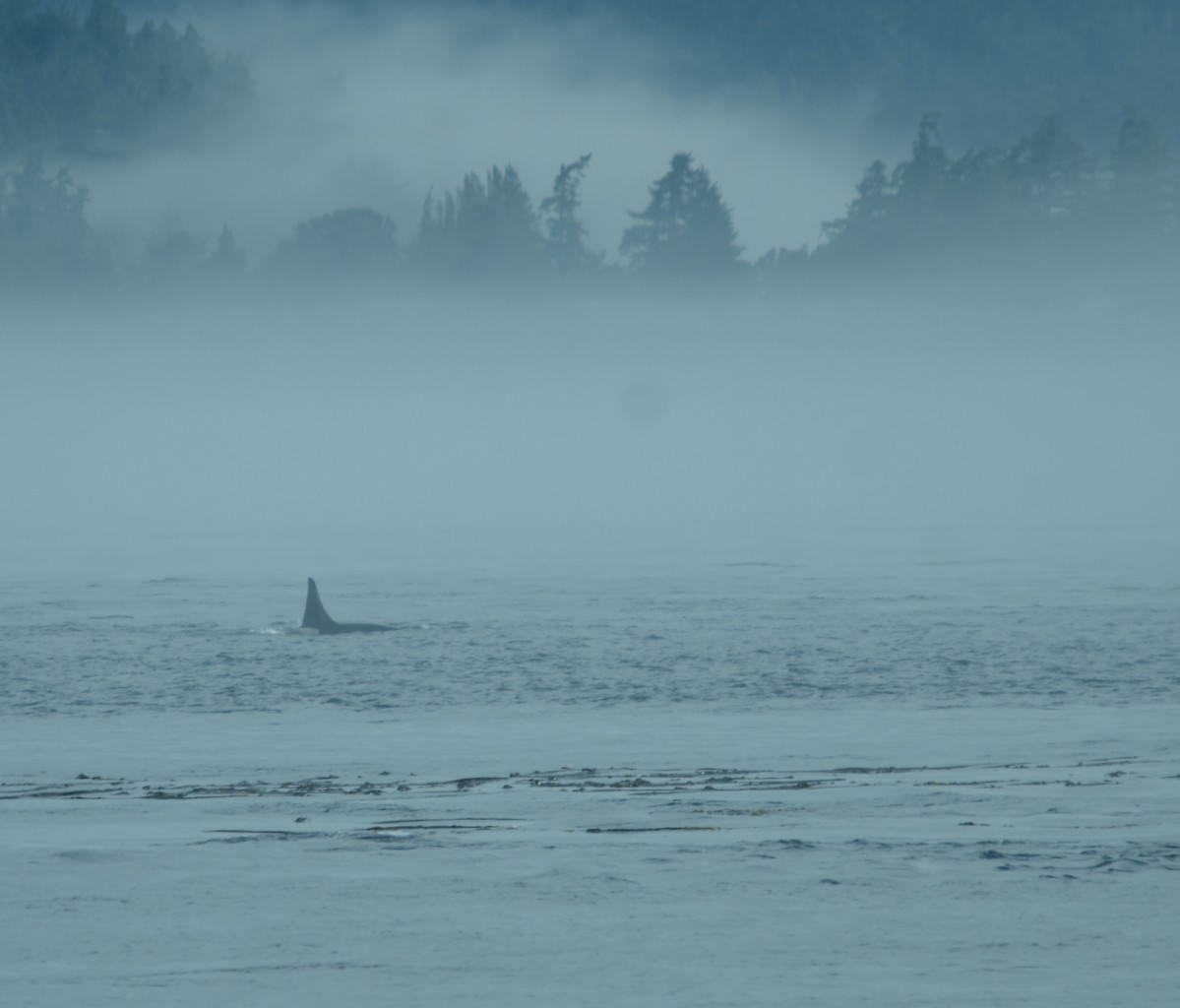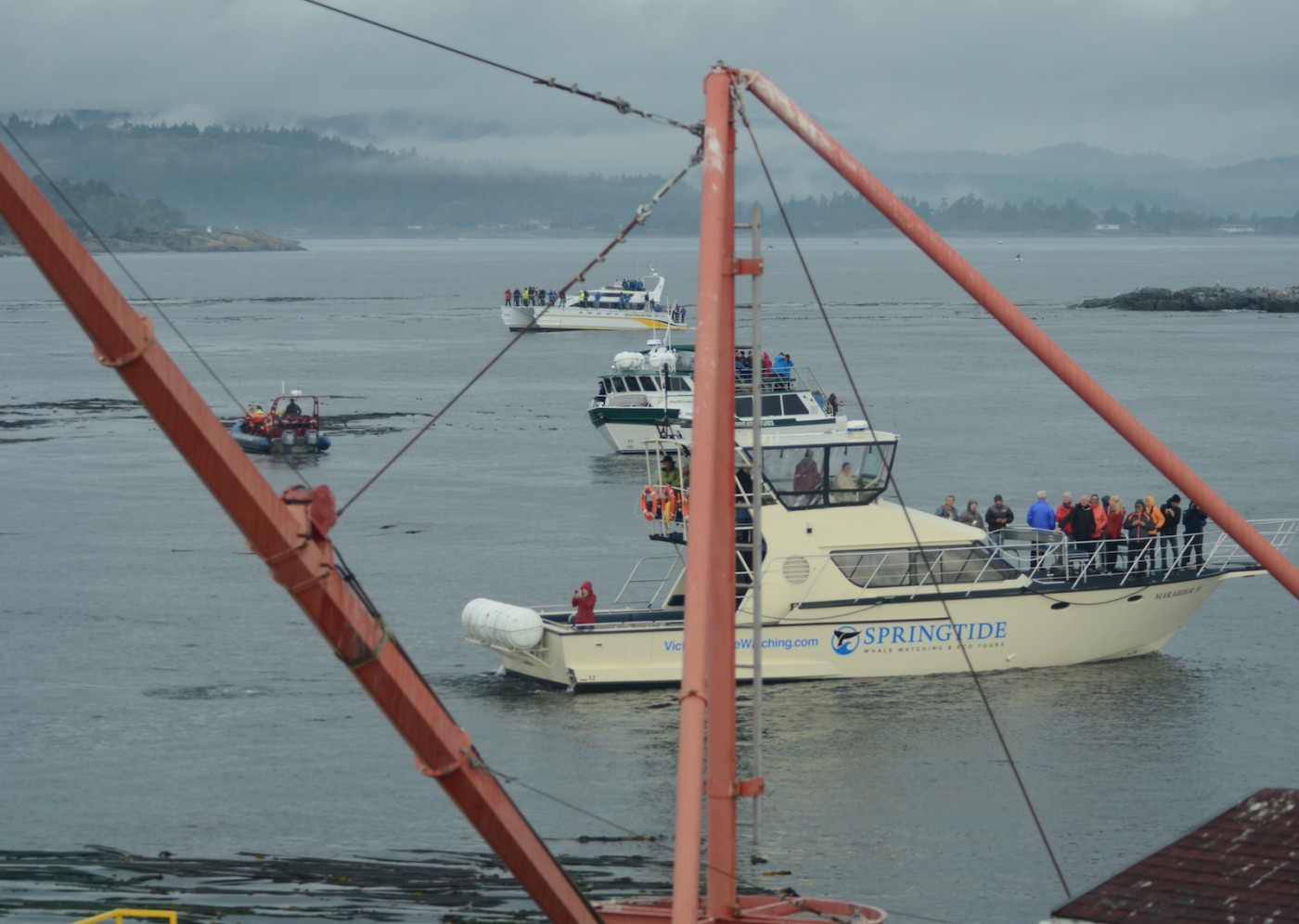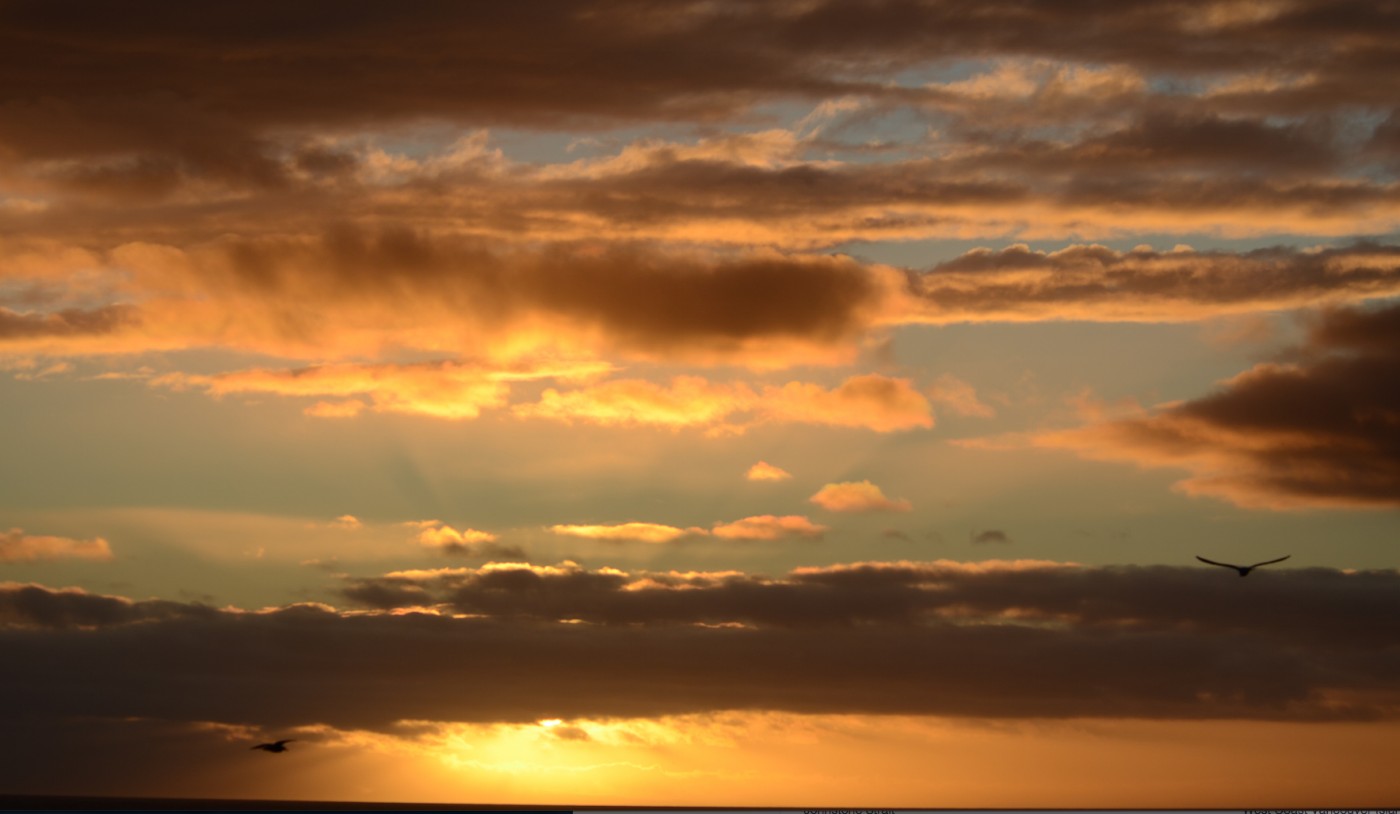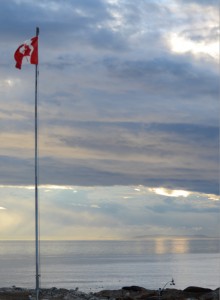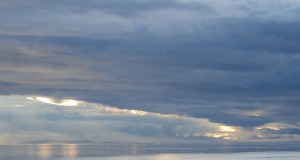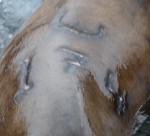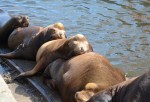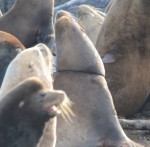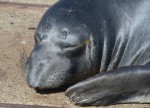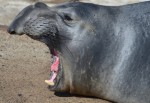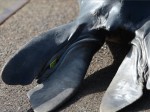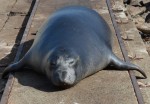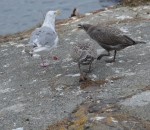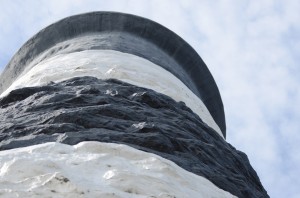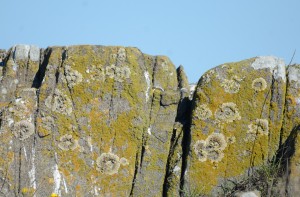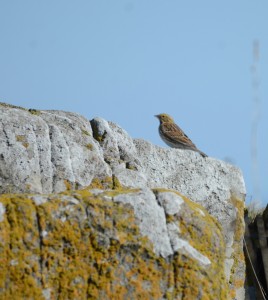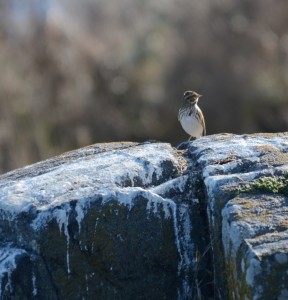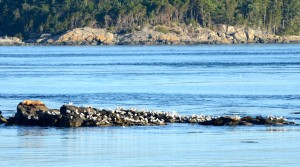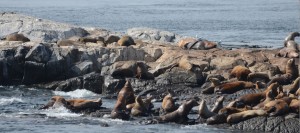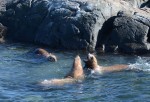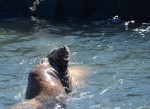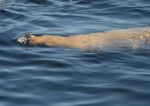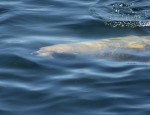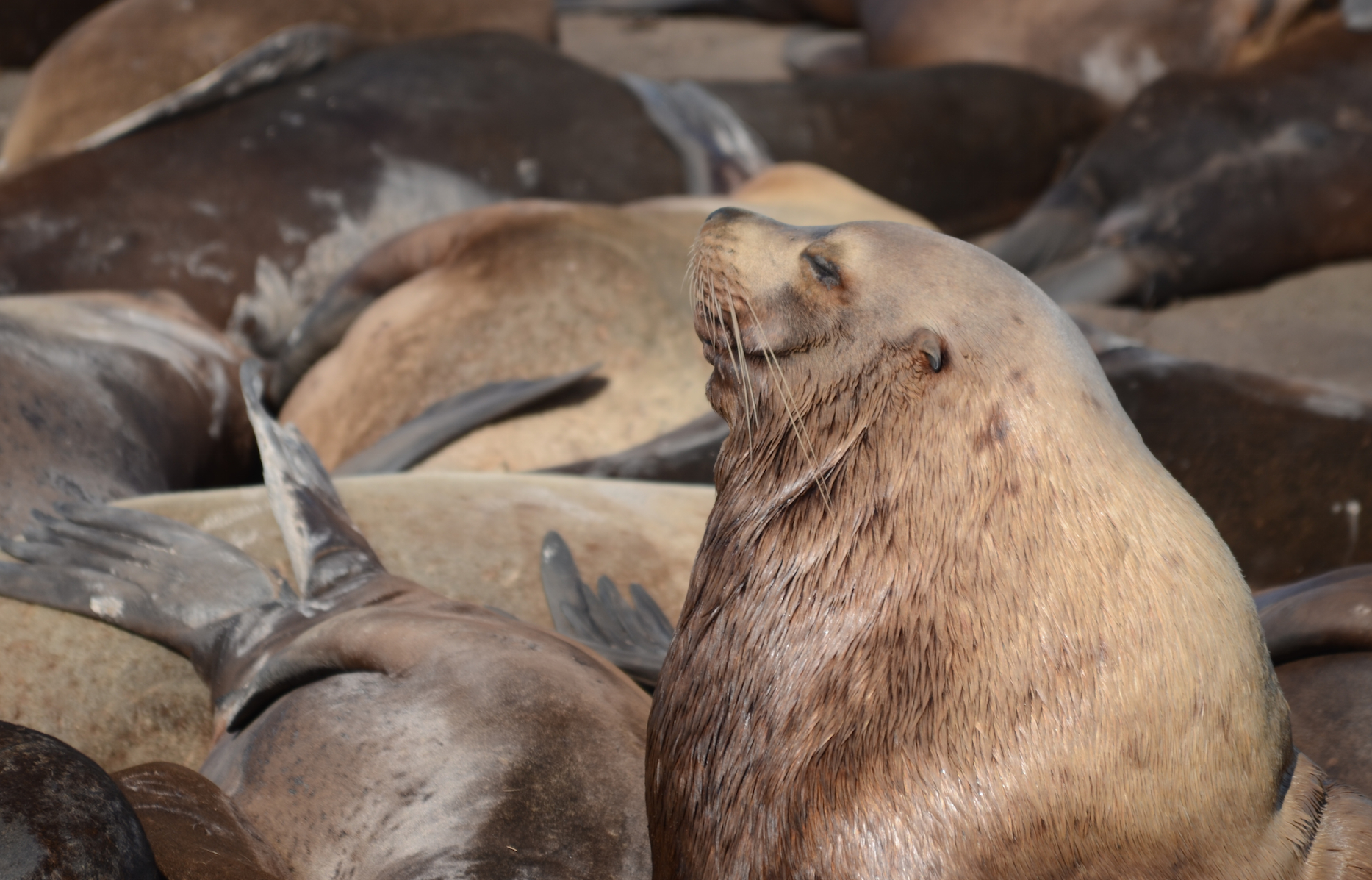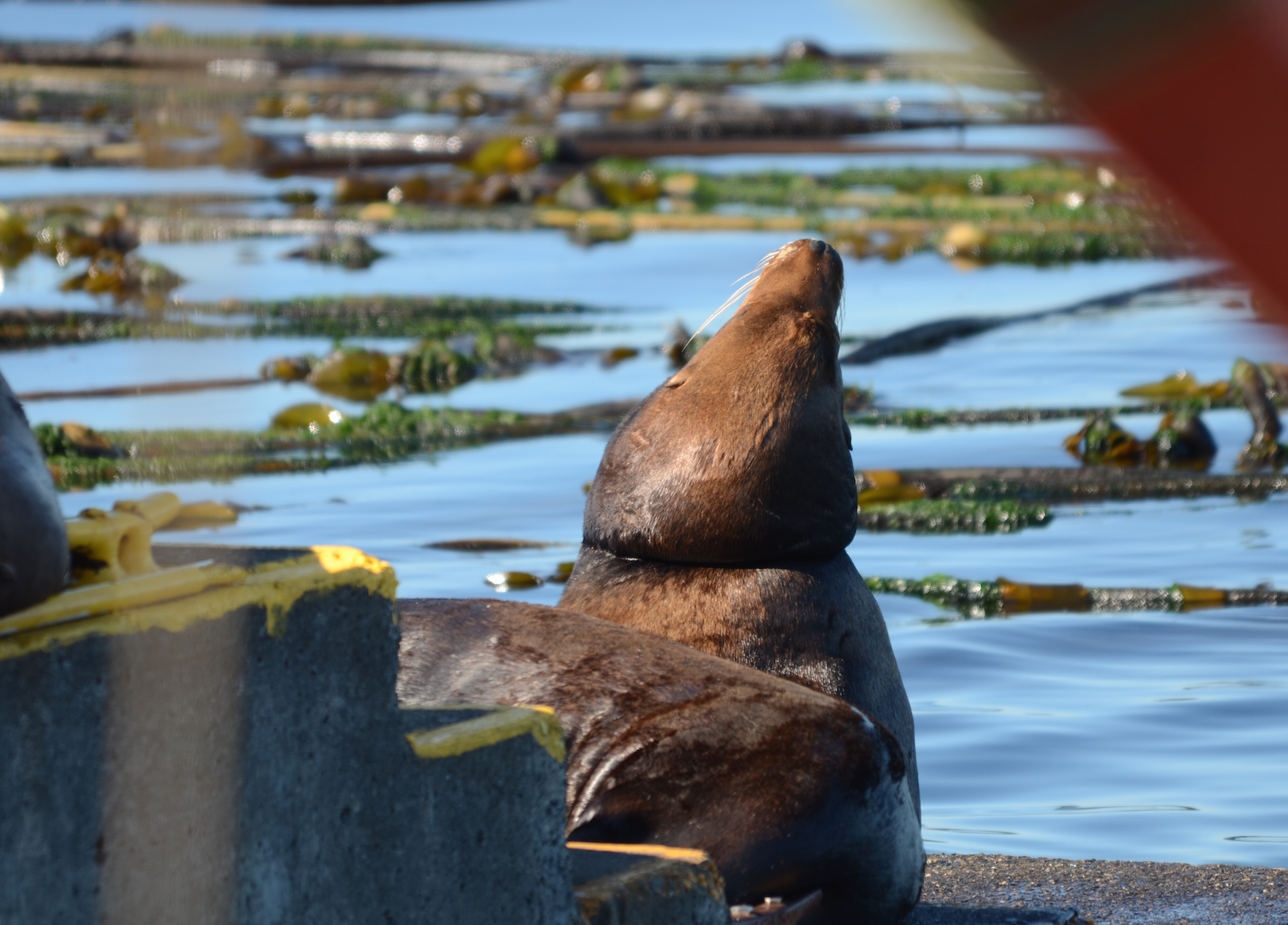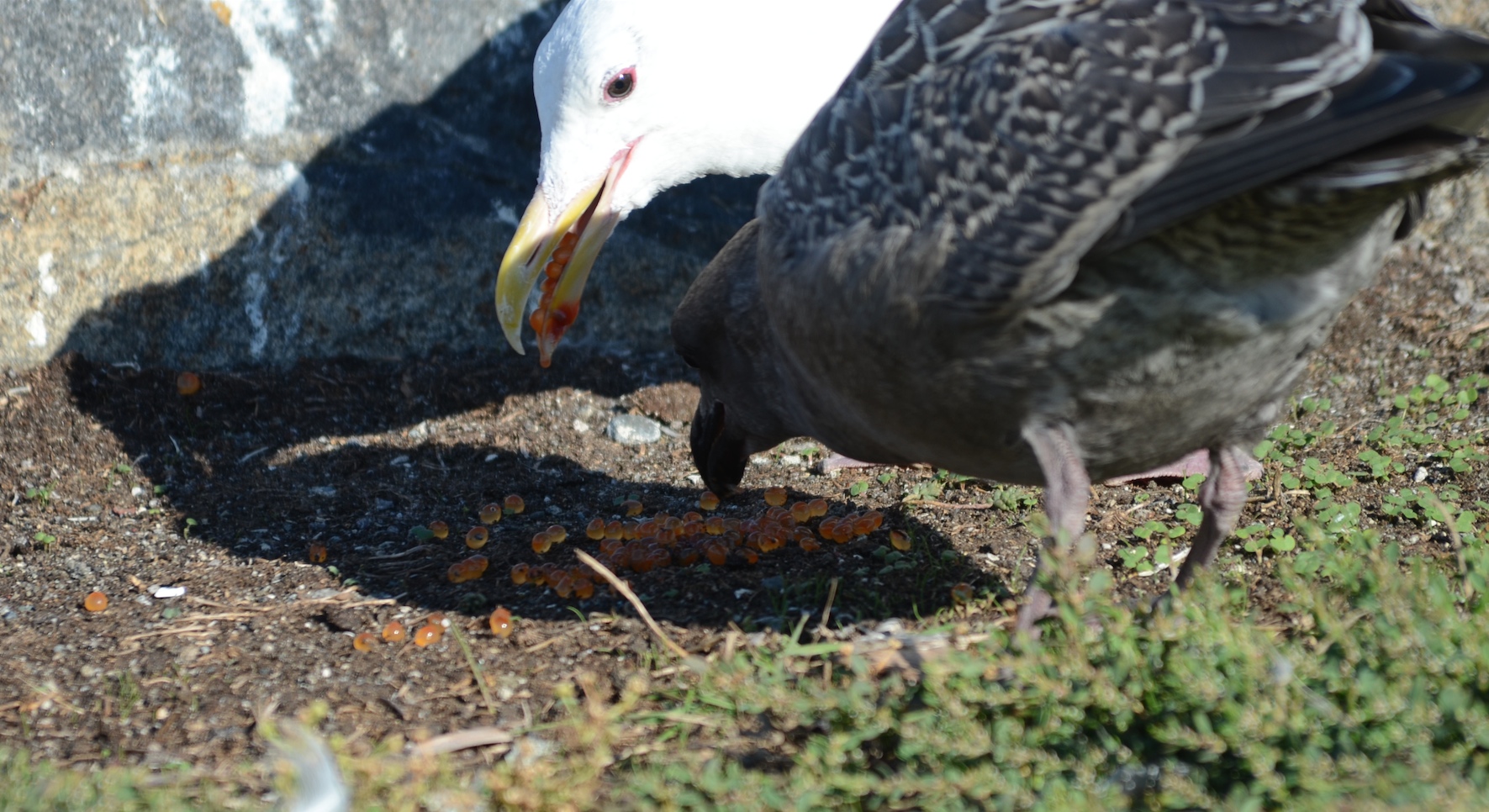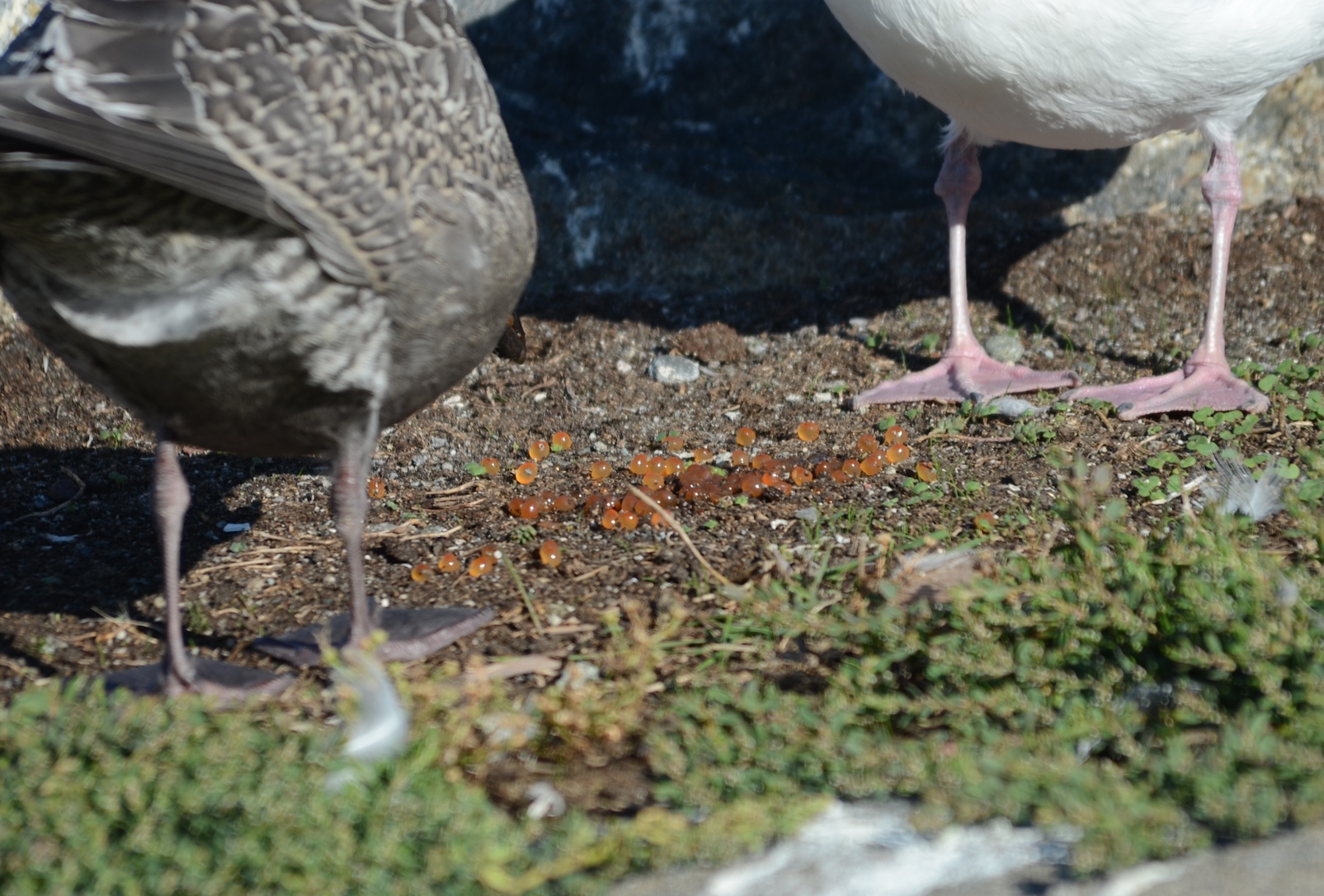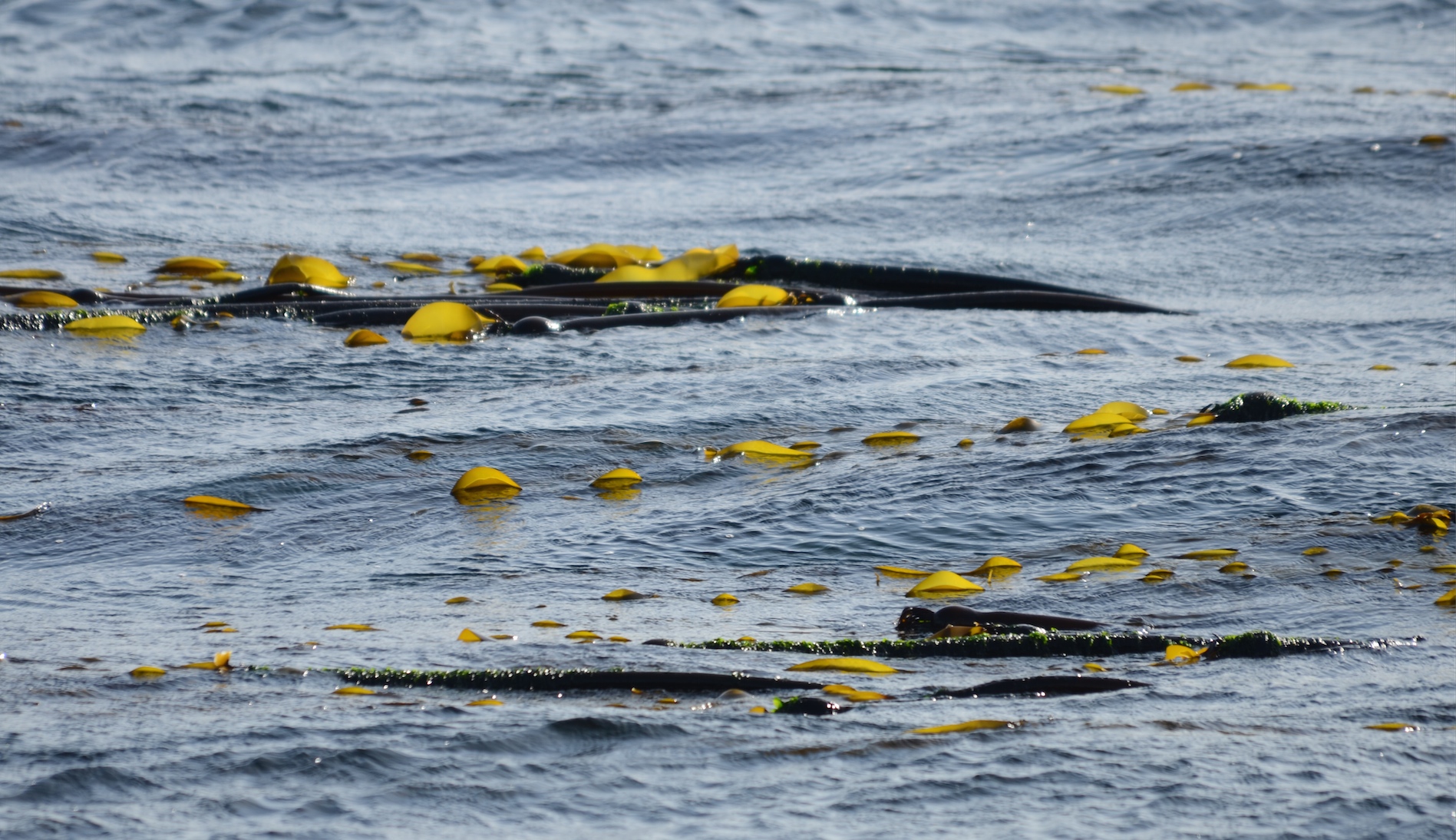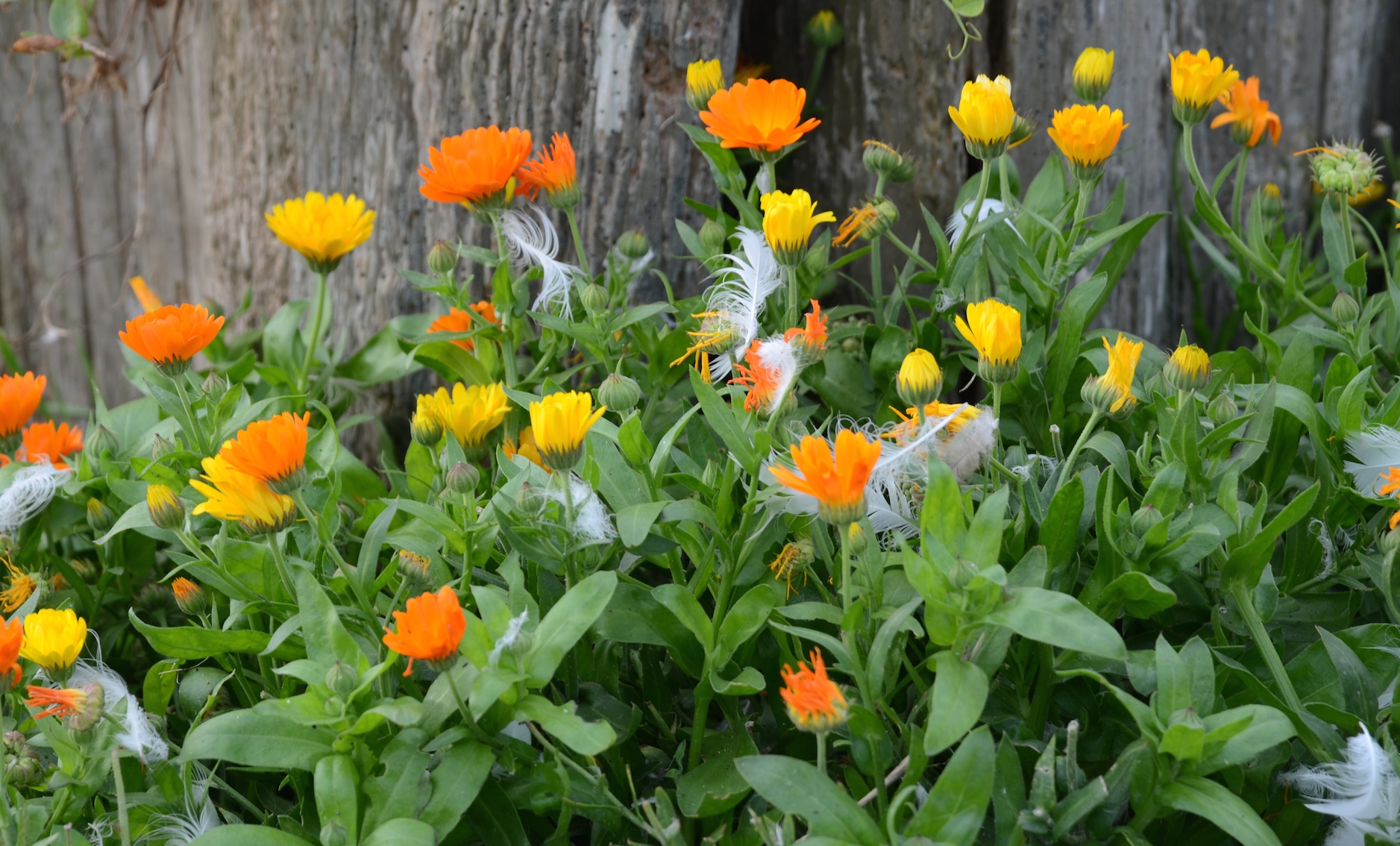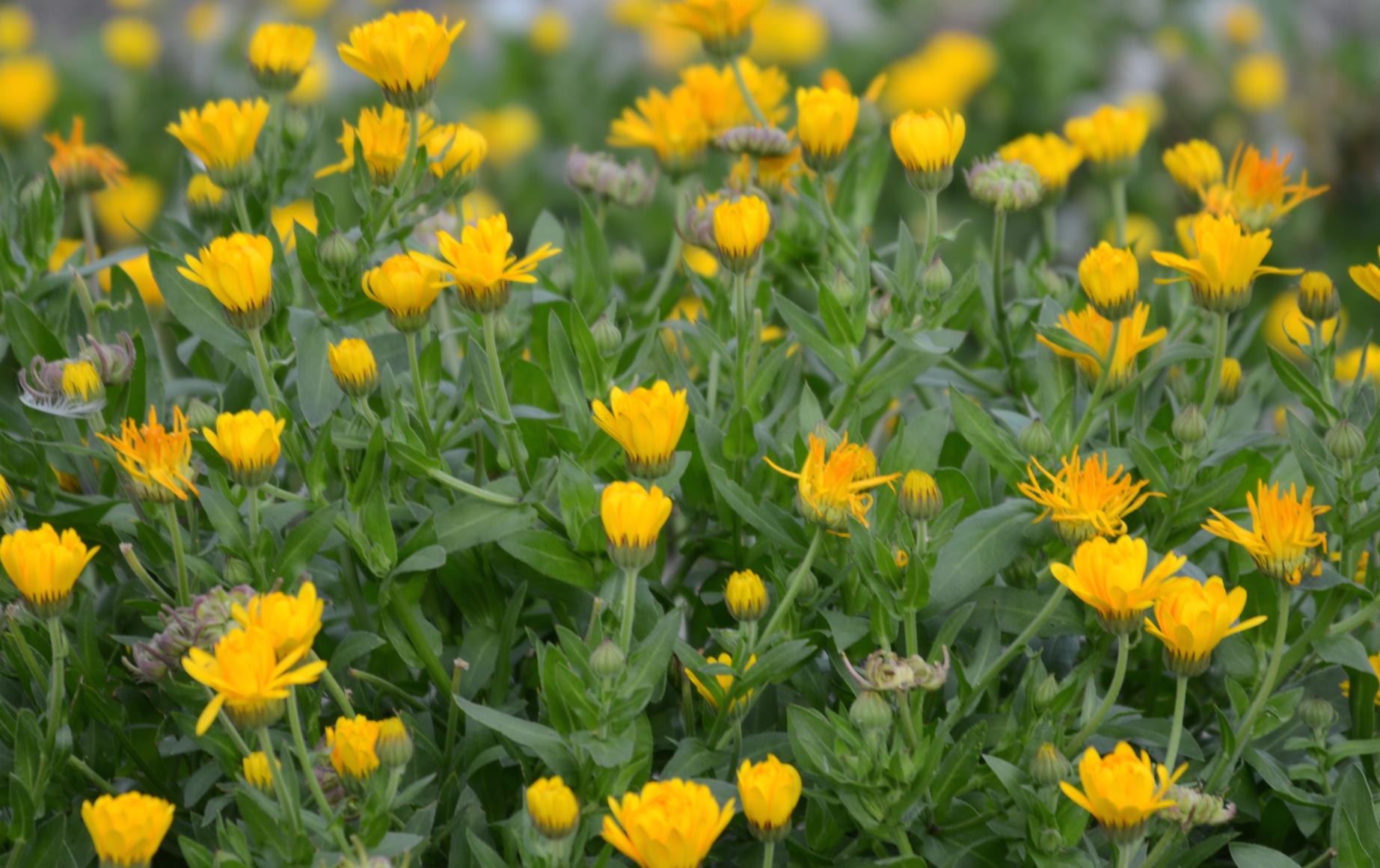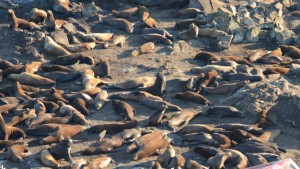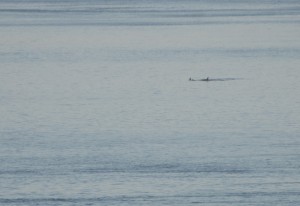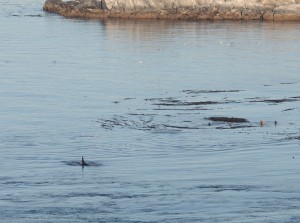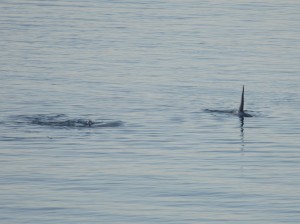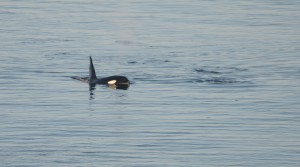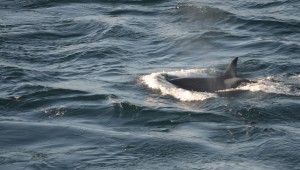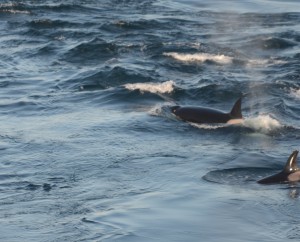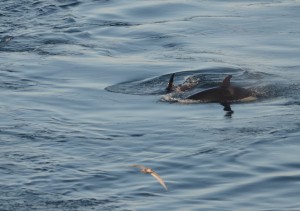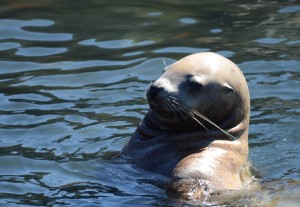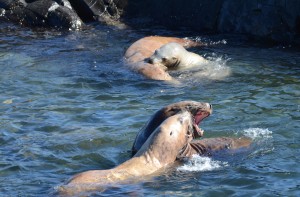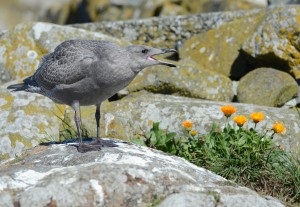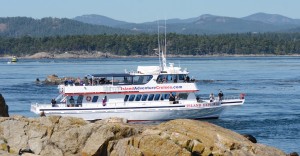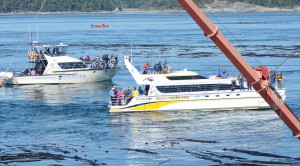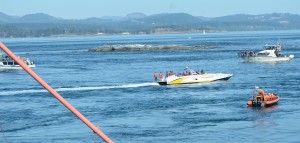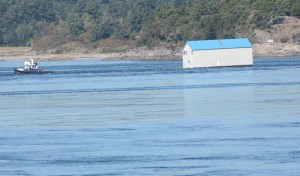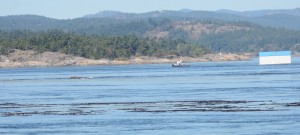The mostly overcast sky of early morning gave way to sunshine and clear skies for a beautiful transition day from summer to fall. The wind didn’t do much all day. The barometer rose to over 1016 hPa continuing yesterday’s rise but has now faltered and is starting to drop again. Forecasters are calling for winds to continue from the west tomorrow and then switch to east with increasing cloudiness, showers and dropping temperatures as the week progresses.
There were Humpback Whales just south and then east of Race Rocks most of the day. Some of the whale watching fleet visited them and the Ecological Reserve. A total of 15 visits were observed by commercial operators today and there may have been more mid-day when I went ashore briefly. By evening, there were four Humpbacks in the same area.
Ecologically, a change of season continues to be in the air. Flocks of Surf Scoters are passing through Race Rocks heading east. Cormorants are amassing in roosting areas on North Rocks, South Islands and Great Race and all three species are using the reserve to roost. More gulls arrive daily and huge multi-species feeding flocks are forming in conjunction with forage fish being driven up by diving birds like cormorants, Rhinoceros Auklets and Common Murres. These two species of alcids are often diving just outside Race Rocks but this morning on slack tide I saw a string of Common Murres in reserve, on the water. The adult males still have chicks with them.
There are also multi-species gull feeding flocks associated with sea lions’ salmon kills as observed earlier in the season. This morning I watched a California Sea Lion thrash what looked like a coho at the surface and then swallow it, head first, using a little air-born, porpoise-like action to get the tail down the gullet.
The bull kelp seems to still be growing and the beds are much more extensive than I remember them being this time last year. There is always lots of inter-annual variability in kelp cover as many factors affect its productivity and biomass including seawater temperature and salinity, light levels, nutrients like nitrogen, storm action and of course grazing. In the reserve, sea urchins and abalone are important grazers of kelp and they are also on the top of the menu when it comes to favorite food items for Sea Otters.
On land, Dark Eyed Juncos are flitting about with Fox Sparrows and Savannah Sparrows. There is a also a visitor back, that I haven’t seen here since last year. A small, but powerful presence in the form of one of my favourite little birds, a Pacific Wren has taken up cave-like residence in the old stone wall under the tower and can be seen going from cave to cave in the wall.
Other than the constantly changing and incredible natural scene outside, work was routine and there were no visitors today.
- Male Sea Otter rests in kelp bed next to Middle Rock.
- Three Northern Elephant Seals sound asleep atop Middle Rock. Note the small fore-flippers compared to the sea lions.
- Cormorants roosting on North Rock.
- Is this a failed nester still trying to get a successful nest together or just an empty nester redecorating yet again?
- A lively little Pacific Wren has taken up residence in the rock wall.
- This Pacific Wren is a real cave dweller also known as Troglodytes troglodytes.
